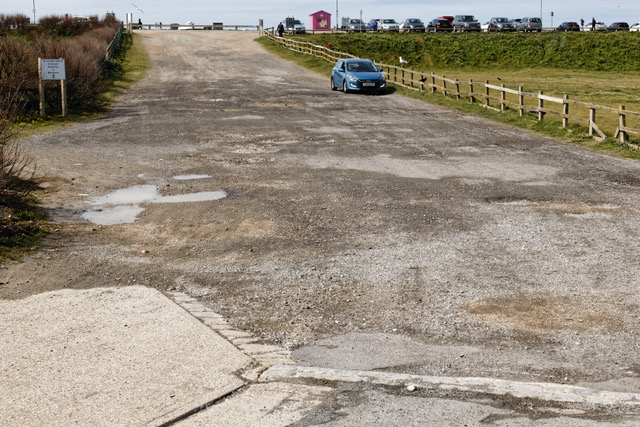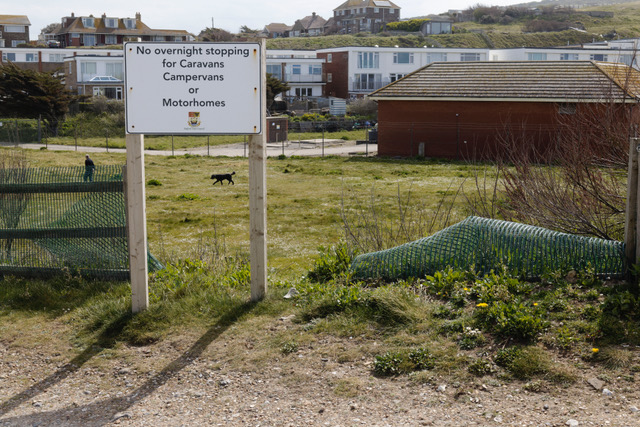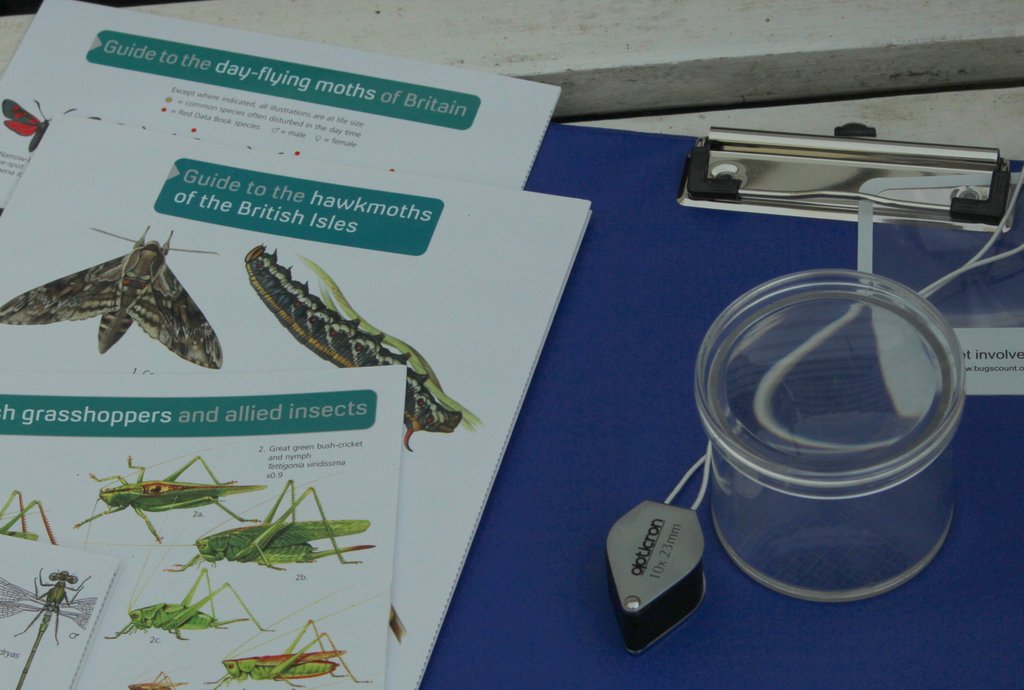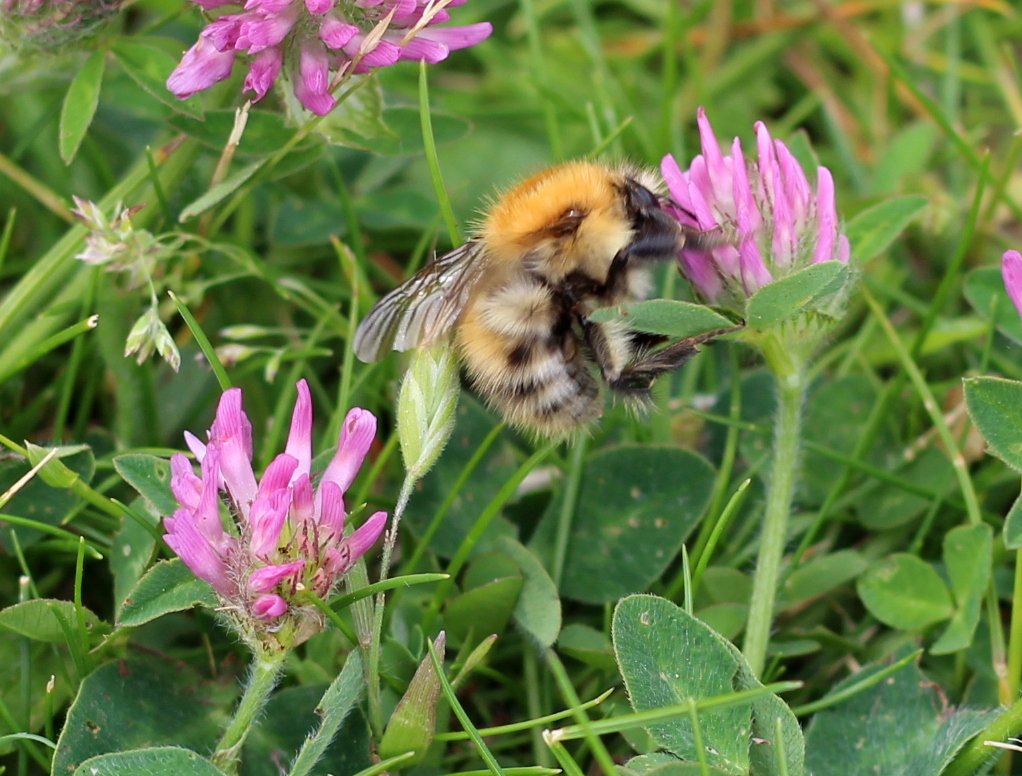Part of the Seaford CARES project coordinated by Seaford Community Partnership
The Cliff Gardens Project is transforming the unmade road “Cliff Gardens” into an attractive demonstration garden, and improving the biodiversity in the nearby Pump field, to be used as an outdoor classroom.

The Aim
The aim is to turn a neglected and mis-used site into an attractive, biodiverse, community garden.
This will be educational and awareness–raising, demonstrating and addressing the effects of climate change on the environment. It will use individual plots to enhance biodiversity by encouraging wildlife. Its use will be as an outdoor classroom and educational site to demonstrate these features to students and the public.
The garden will have two distinct parts.
Firstly an attractive demonstration garden will stretch the length of the unmade-up road from the exposed seafront to the more sheltered Cliff Gardens made-up road. It will feature several different garden plots showing how plants come together in communities – from isolated plants able to survive the hostile conditions of strong salt-bearing winds and a virtually soil-less chalk base to a simple Chalk grassland meadow.
Two further gardens will demonstrate the effects of drought and flooding on these plant communities such as could happen with climate change predicted if we don’t act quickly enough to reduce carbon dioxide levels.
To encourage local gardeners living by the sea, we will create a garden of plants adapted to current climatic conditions which they could grow in their own gardens to increase biodiversity, attract pollinators and bees and provide food for butterflies,moths, birds and wildlife. With appropriate and creative signage this will be an informative garden for both the general public and for schools.

Pump Field
The adjacent Pump Field is already a meadow. We hope to improve in its biodiversity to become similar to the ancient Sea Meadows that used to exist in this area.
This will be an outdoor classroom for students to observe and identify plant and animal species, to monitor change and again to study features of the curriculum in biology, geography and other subjects. The emphasis will be practical work to complement the theory-based work in the classroom and to encourage young people to embrace an understanding of how Nature works and our effects on it.
What we have done so far:
The Project team has consulted with residents and Seaford Head School to produce a User Requirement for the garden.
We have sought, from landscape architects and others, an Expression of Interest in designing the garden. Local designers Gabby Tofts and Christian Funnell were selected to progress the design of the garden. They have much local knowledge and experience (such as the Shoal and Birling Gap Garden) and have some innovative and exciting ideas and designs which we aim will be sponsored by the public.

We also sought professional advice from the Lewes Railway Land Trust on translating school curricular topics into garden design
Advice from Wakehurst Place for construction of the raised beds and soil requirements for our chosen habitats has been sought.
We have started on the formalities for changing the use of the unmade-up road into creating the vision.

What you can do:
Give us your feedback, as we will be consulting widely with the public, schools and stakeholders
Join our group of volunteers, as we create a vibrant ‘Friends of Cliff Gardens’ group for long-term maintenance of the garden and its use as an educational facility.
If you would like to be involved in this project, we would love to hear from you. Please contact us – click here and we’ll get in touch with you.
Follow the links below for answers to some questions from the Renaturing Seaford editorial team







